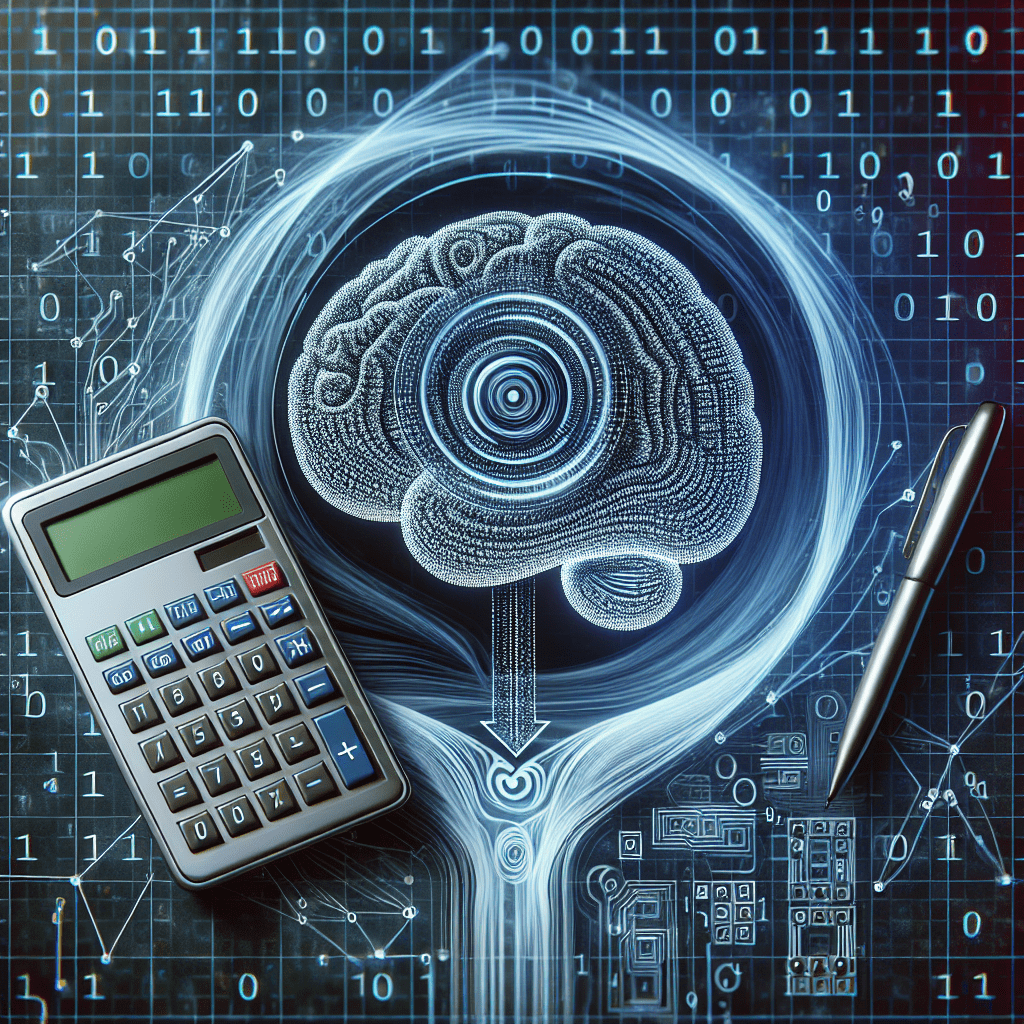Your cart is currently empty!
The Mathematics Behind Machine Learning: A Beginner’s Guide

Request immediate IT services, talents, equipments and innovation.
Machine learning is a rapidly growing field that has revolutionized the way we approach data analysis and decision-making. At its core, machine learning is a branch of artificial intelligence that involves developing algorithms and models that allow computers to learn from and make predictions or decisions based on data. These algorithms are designed to identify patterns and relationships within data sets, and use this information to make predictions or decisions without being explicitly programmed to do so.
One of the key components of machine learning is mathematics. In fact, mathematics plays a crucial role in every aspect of machine learning, from the development of algorithms to the analysis of data and the evaluation of models. In this article, we will explore the mathematics behind machine learning and provide a beginner’s guide to understanding how math is used in this exciting field.
Linear Algebra
Linear algebra is a branch of mathematics that deals with vectors, matrices, and linear transformations. In machine learning, linear algebra is used to represent and manipulate data in a way that allows algorithms to process and analyze it efficiently. For example, in image recognition tasks, each image can be represented as a matrix of pixel values, and linear algebra can be used to perform operations on these matrices to extract features and make predictions.
Calculus
Calculus is another important branch of mathematics that is used in machine learning. Calculus helps us understand how functions change over time, which is crucial for developing algorithms that can learn from data. For example, calculus is used to optimize the parameters of a model by minimizing a loss function, which measures the difference between the predicted outputs and the actual outputs.
Probability and Statistics
Probability and statistics are essential tools for understanding and working with data in machine learning. Probability theory is used to quantify uncertainty and randomness in data, while statistics is used to analyze and interpret data to make informed decisions. In machine learning, probability and statistics are used to estimate the likelihood of certain events occurring, to evaluate the performance of models, and to make predictions based on data.
Optimization
Optimization is a mathematical technique used in machine learning to find the best possible solution to a problem. In machine learning, optimization is used to adjust the parameters of a model in order to minimize a loss function or maximize a performance metric. Optimization algorithms such as gradient descent are commonly used to iteratively update the parameters of a model until it converges to a solution that minimizes the error.
In conclusion, mathematics is the foundation of machine learning, and a solid understanding of mathematical concepts is essential for anyone looking to work in this field. By mastering concepts such as linear algebra, calculus, probability, and statistics, you can develop and implement sophisticated machine learning algorithms that can make accurate predictions and decisions based on data. As machine learning continues to advance and evolve, mathematics will remain a crucial tool for unlocking the full potential of this exciting technology.
Request immediate IT services, talents, equipments and innovation.
#Mathematics #Machine #Learning #Beginners #Guide,machine learning: an applied mathematics introduction
Discover more from Zion AI: Free Marketplace for Talents, Tech Jobs, Services & Innovation, Sign-up for free
Subscribe to get the latest posts sent to your email.

Leave a Reply